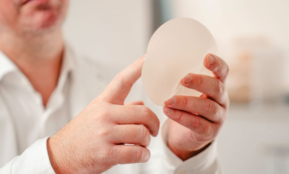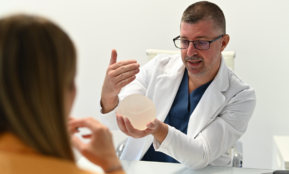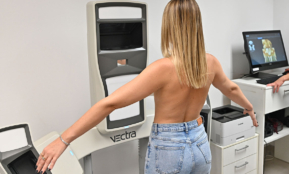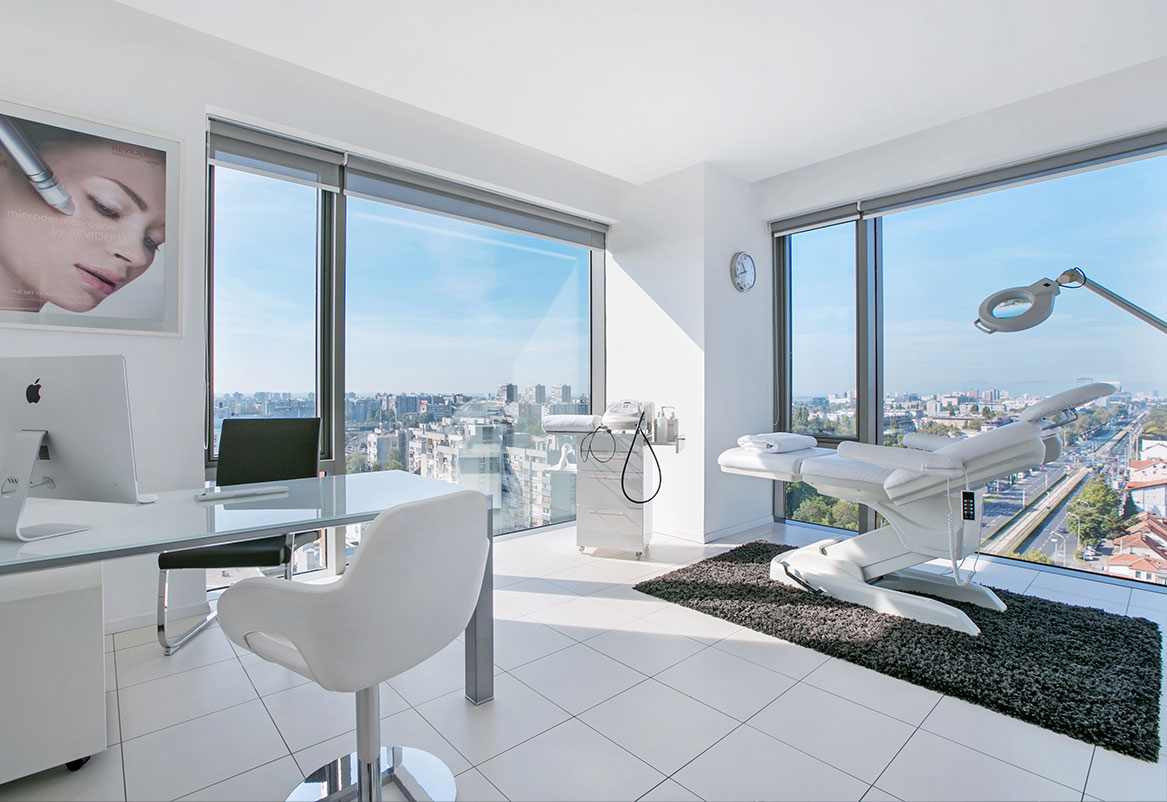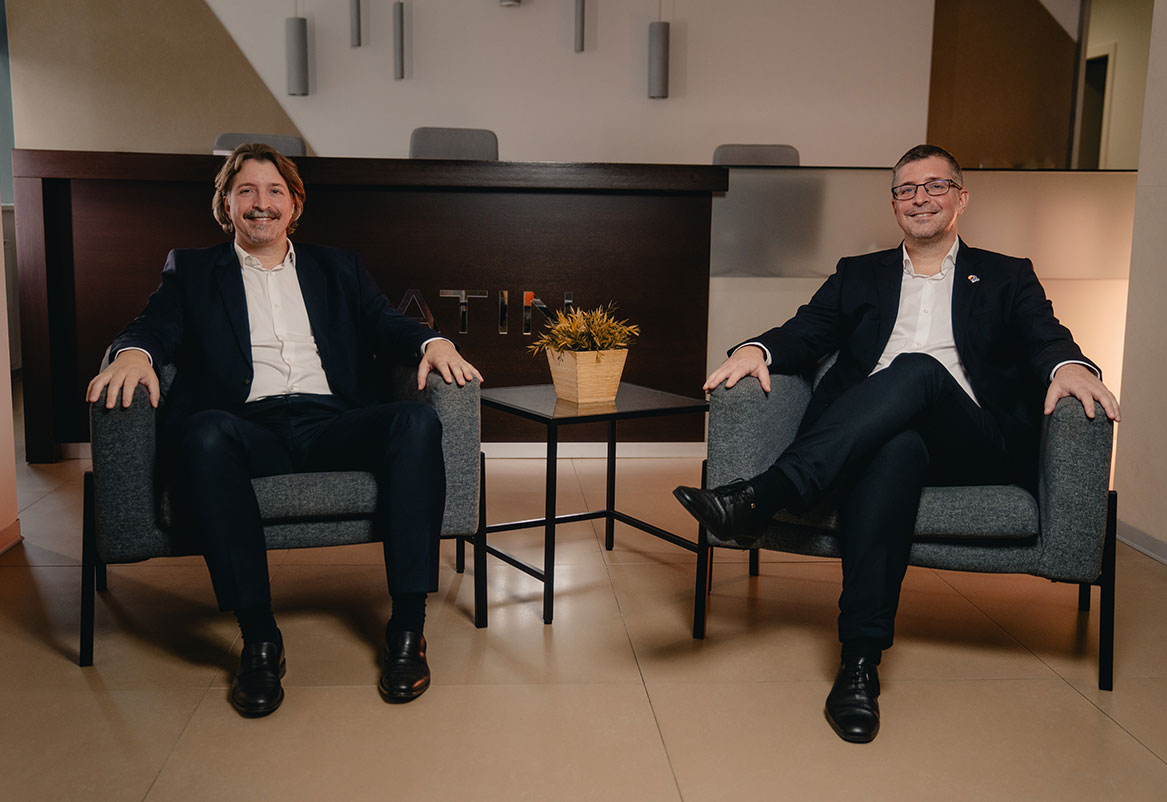Aesthetics
Face
The most modern facial treatments help you look younger, more elegant and happier.
Body
Feel comfortable in your body and correct sources of discomfort.
Chest
Make your wish for a better appearance come true and restore your self-confidence with aesthetic correction.
Hair and scalp
Minimally invasive solutions for hair loss and a natural look.
Issues
Find solutions to some of the most common aesthetic problems.
Treatments
Treatments
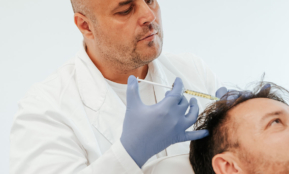
Hair and scalp mesotherapy
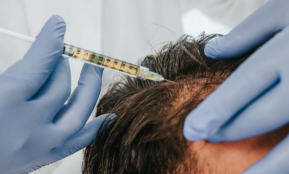
Thinning hair therapy with your own blood
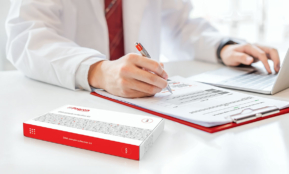
Trichotest – DNA analysis of hair loss and baldness

Hair loss in women – causes and how to prevent it

Hair loss in men – causes and how to prevent it
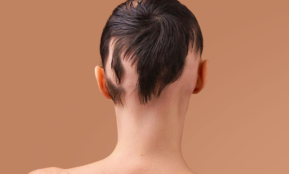
Alopecia – hair loss
FACE
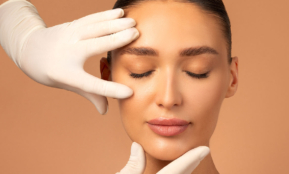
BODY
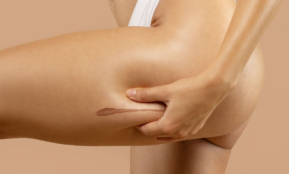
Implantology Center
Different methods of solving the problem of missing one or more teeth.
Prosthetics
The most common solution in cases of functional or aesthetic tooth damage.
Aesthetic Dentistry
Harmonious tooth shaping and tooth color correction according to your wishes.
General Dentistry
Modern and timely diagnostics, treatment and dental hygiene are the key to the health of your teeth.
Issues
Find solutions to some of the most common aesthetic problems.
About us
Locations
Description of the procedure
The skin and subcutaneous tissue are subject to various moles of different sizes and characteristics in behavior throughout life. Most often, they are benign changes. Treatment depends on their characteristics. Some are removed for aesthetic reasons, especially if they are on the face, while others represent a group of tumors that require surgical removal. If a mole or other skin lesion is removed in the early stages, all cancerous cells are removed from the body and once removed, it very rarely reappears. Most moles are benign formations that do not pose any health risk, but some still require attention. This refers to pigment changes that change size, shape or color, that bleed, itch, become painful or appear after the age of twenty.
In addition to the surgical method, our Polyclinic also offers alternative methods of removing moles and other benign changes, namely: laser removal and radiofrequency removal .
Laser removal using an Erbium laser is the simplest method for removing moles and other skin lesions. In most cases, anesthesia is not required for their removal. It involves the use of laser light, the beam of which is directed directly at the mole to heat it and then destroy it. It is painless, does not require cutting or stitching the skin. Also, laser mole removal is less likely to cause scarring than other removal techniques. After the laser treatment is complete, a scab forms where the mole once was. This scab usually lasts for about two weeks and then falls off. It is important to note that during laser treatment, the skin lesion is removed entirely at the microscopic level, and there is no possibility of sending the treated tissue to a pathologist for analysis to make a definitive diagnosis.
With Ellman radiofrequency, only the skin lesion is removed, after local anesthesia is injected with a very thin needle under the growth itself. Immediately after the treatment, a non-bleeding wound appears on the skin at the site of the growth, the same size as the removed growth. A scab then forms, and after 7-10 days, a fresh layer of skin forms, which over time blends in color with the surrounding skin.
Candidates
Mole removal is recommended if the mole is injured mechanically or in some other way, and in cases where the mole grows, changes color, itches, has unclear edges, bleeds, or is larger than one centimeter. These are some of the parameters that warn that something is happening to the mole, and in such cases, you should always contact a doctor for an examination. Particular attention should be paid to moles that are located on the body in prominent places prone to injury, such as folds on the body, places where clothing exerts pressure, and the like.
Preparation
On the day of the procedure, it is not allowed to use shower products that lubricate the skin, but regular soap or shower gel. The skin should not be moisturized. You will receive all the necessary information during a consultation with our doctors. One week before and after the surgery, avoid medications that reduce blood viscosity (consult your general practitioner).
Before the procedure, you can examine moles with a dermatoscope in our Polyclinic. This tool helps the doctor distinguish between melanocytic and non-melanocytic changes, and its greatest importance is in the early diagnosis of melanoma. It also helps diagnose the type of change and determine when a certain change needs to be removed. If you notice changes in a mole, in terms of asymmetry, irregular edges, color change or an increase in the diameter of the mole, in case of bleeding or itching, be sure to contact a dermatologist for a consultation. It is recommended to examine moles once a year, and in people at increased risk more often according to the doctor’s advice.
Procedure progress
In the treatment of moles and other changes on the skin, localization on the face is important, thinking about the appearance of the client’s face after the removal of the skin change (aesthetic), as well as knowledge of the anatomical characteristics of certain regions, knowledge of different surgical techniques, etc. Certain facial structures such as the nose, eyelids, upper and lower lips, forehead and chin require specific treatment. It is not only localization that is important, but also other characteristics such as skin thickness, color, skin pattern, number of hairs and natural anatomical facial lines. Therefore, it is very important that this surgical procedure is performed by an expert and qualified person, because scars and hyperpigmentation can often appear at the site of the removed skin changes or moles, which are difficult to remove later.
The unwritten rule is that when removing a mole, the removed tissue is taken and sent for pathological analysis to rule out any disease. The mole must be completely removed, which means the surface part and the part that is under the skin. In the case of a smaller mole, the wound is sutured directly, and if the mole is larger, local flaps from the side or free skin grafts are used.
The procedure is performed under local anesthesia, which means that only the area where the change is located is anesthetized. You can find out more about the anesthesiology examination at our Polyclinic and the differences between general and local anesthesia here .
Recovery
Postoperative treatment after the procedure lasts about seven days, and in the first days after the removal of the moles, the areas where they were must be bandaged. After the stitches are removed, the treated areas are smeared with prescribed creams for the next few weeks to help reduce the scar. In the postoperative period, exposure to the sun or irritants should be avoided.
Precautions
It is important to follow all medical instructions you have received, which relate to daily toileting under sterile conditions and avoiding major strain, especially until the stitches are removed, so that the wound heals as well as possible and the scar is less pronounced. To reduce scars, it is important to start treatment in a timely manner using dermocosmetic preparations intended for this purpose. You can also obtain them at our Polyclinic.
Price
The package includes: surgery under local anesthesia, postoperative control, suture removal, and a home dressing set.
In cooperation with banks, Bagatin Polyclinic provides the option of paying in installments, as well as interest-free payments up to a certain number of installments.
You can check more about payment methods and the cost of the procedure in the current price list of the Bagatin Polyclinic:
Contact us
Contact us with confidence.
By filling out this form, our call center will contact you within 24 hours to arrange your appointment. We keep all information you provide us with in the strictest confidence.
Phone:
E-mail:


